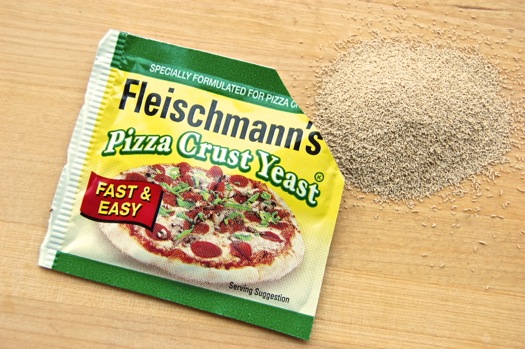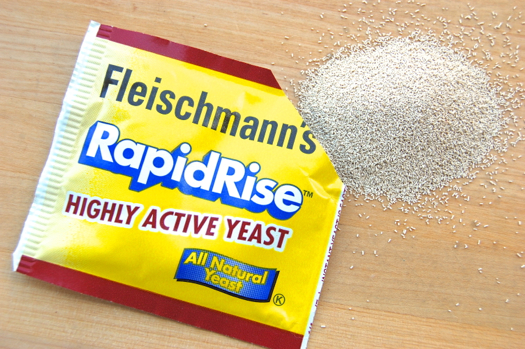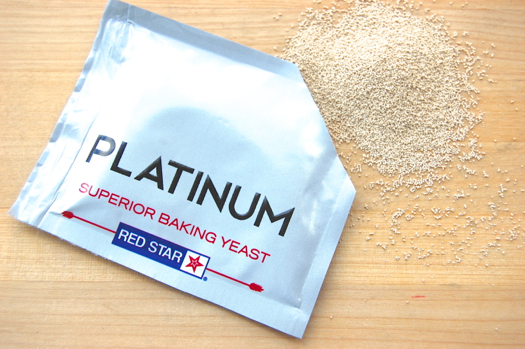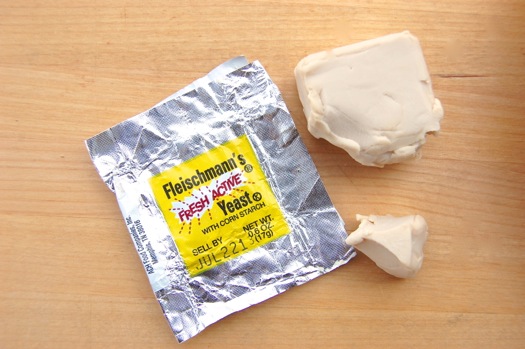Osmotolerant Yeast
I don’t have a picture of this because I don’t have any and you have to special order it in bulk. What, you think I’m made of money? This is a highly specialized form of instant yeast, actually a different yeast species called Pichia sorbitophila. It was discovered in 1980 infecting a container full of 70% sorbitol, a sugar alcohol. That’s a heck of an unfriendly environment for any small critter, and when it was discovered that sorbitophila produced as much CO2 as other fermenting yeast species (Saccharomyces cerevisiae, Zygosaccharomyces rouxii, Debaryomyces hansenii) a product was born.
READ ON



